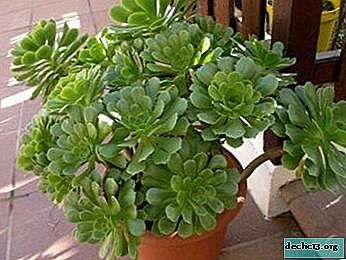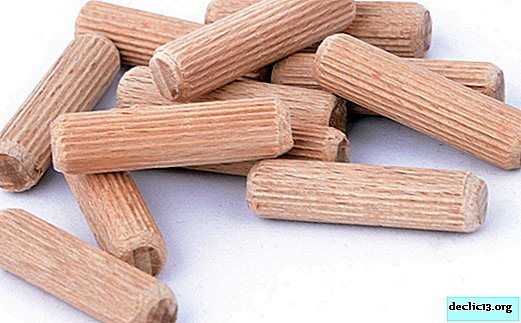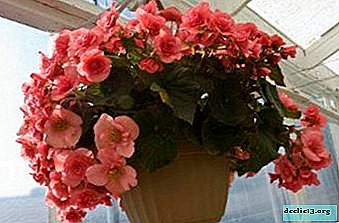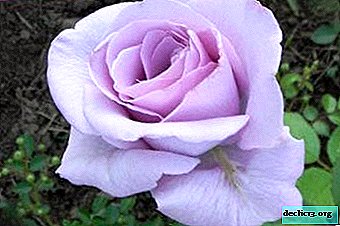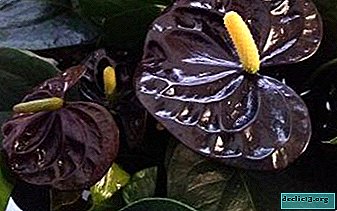Orchid care: how to water the plant at home
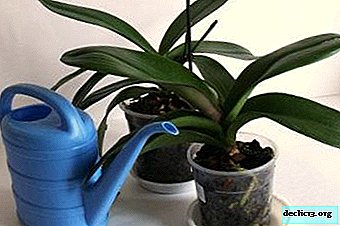
If you have become a happy owner of such beautiful flowers as orchids, then you should know everything about caring for them so that they continue to delight you with their exuberant flowering and growth. The most important thing in orchid care is watering them - we will discuss it.
Orchids in nature grow in completely different conditions than in homes. Most often these are countries with a tropical and subtropical climate, which has the main distinguishing feature - high air humidity. It is from the air in nature that an orchid receives watering, that is, from rains and fogs, due to the peculiarity of the roots, which are not immersed in the soil, but, on the contrary, braid tree trunks, or remain on the surface of the soil.
Our task is to make watering orchids as close to natural as possible. It is worth noting that these flowers should be watered only in the daytime, because it is sunlight that activates the water absorption system by the roots. And also during the day, you should control the air humidity in the room with this fancy flower, spraying the air in the room from the spray gun or including a special air humidifier.
How often do you need to do this?
Unfortunately, in orchid care, the standard rules for the frequency of watering do not work, as is the case with ordinary indoor flowers. Orchids do not have a usual schedule, such as 2 times a week, or once a month. It is necessary to determine whether watering is necessary solely by the state of the plant and the substrate in which it is located.
How to understand that a flower needs watering?
The easiest and most effective way to understand that a flower needs to be watered is to moisture assessment of the substrate in which it is located:
- completely dry substrate in a pot;
- lack of condensate droplets in the pot;
- a noticeable decrease in the weight of the pot indicates that the substrate is already dry;
- partial color change of orchid roots from saturated green to silver-gray.
Water requirements
How to water an orchid so that it blooms and what kind of water? The requirements for the water with which we water the orchid are quite simple and easily feasible. The water should be warm, not too hard and with little acidity. This can be achieved if you perform quite simple actions:
- It is worth filtering the water, ordinary filters that are built into the water supply system, or stationary kitchens, are suitable.
- Hard water can simply be boiled, in which case all excess salts will precipitate during boiling.
- Filtered or boiled water must be defended for at least 12 hours, or better, during the day.
- It is possible to dilute ordinary, standing water 1: 1 with distilled water, this will reduce the hardness and acidity of the water.
- The use of rainwater.
Photo
Next, you can see a step-by-step photo of how to properly water a flower at home:




Watering Methods
There are several methods for watering orchids, and each of them is aimed at ensuring that the plant absorbs as much moisture as possible, and the substrate becomes heavy and quite wet. You can choose any method of watering that is most convenient for you:
- hot shower method;
- watering method in a cache-pot;
- spraying method;
- method of immersing a flower pot in water;
- conventional watering method from a watering can.
What is the difference between these methods? Let's look at each of them in more detail.
In the shower
Flower pots are installed in the bath, basin or pan, adjust the shower to a small pressure so as not to injure the plant. The water temperature should be warm enough, from 30 to 38 degreessimply put, your inner side of the wrist or elbow should comfortably withstand the temperature of the water. Flowers are simply watered from the shower for 8-10 minutes, and then they are allowed to drain well.
Attention! The disadvantage of this method is that if you have many flowers, then such watering can take much longer.In addition, if the liquid from the substrate is not good enough glass, then you can not do without drops and drips in the place where the flowers are located constantly. You should also ensure that no drops of water remain in the leaves and rosettes of the orchid - this can lead to flower disease and decay of the leaves.
In a cache-pot
 This method is more convenient than the hot shower method., because it allows you to not tolerate flowers and prevents problems with excess water on the surfaces. For him, you just need to purchase a flowerpot, which will be slightly larger than the pots themselves with orchids, and pour water directly into the flowerpots, leaving them in this state for half an hour or an hour, after which it is worth pouring the remaining water to prevent decay of the root system of the orchid.
This method is more convenient than the hot shower method., because it allows you to not tolerate flowers and prevents problems with excess water on the surfaces. For him, you just need to purchase a flowerpot, which will be slightly larger than the pots themselves with orchids, and pour water directly into the flowerpots, leaving them in this state for half an hour or an hour, after which it is worth pouring the remaining water to prevent decay of the root system of the orchid.
The advantage of this method is that you can use not tap water of dubious quality, but properly prepared, as we discussed a little above.
Spraying
This method, like the hot shower method, is very close to natural, street watering orchids. It is carried out with the help of a spray gun, with which the plant itself is sprayed, and the soil is well sprayed.
Important! Such irrigation will have to be carried out much more often, since the amount of water entering the substrate will be much less. But some orchid owners are happy to use only this method.Pot dipping
This method is called the method of soldering orchids. To carry out such watering is not difficult, it is enough to have at hand a suitable container in which your flower will need to be placed, or even several at once. Here a wide basin with high sides or even a simple bucket is useful, in which the plant itself is placed first, and then water is poured, slightly not reaching the level of the edge of the pot. This is necessary so that water does not get on the leaves and in the flower outlet, as when showering, and subsequently, there was no need to spend time blotting out the rosettes and leaves from excess moisture.
From a watering can
For watering from a watering can, a pan or pots for each pot will be required. All water will drain into them, which should be poured out a short time after watering. Watering with a watering can of orchids is exclusively on the edge of the pot, and it is necessary to protect the plant itself from water entering it.
Possible mistakes
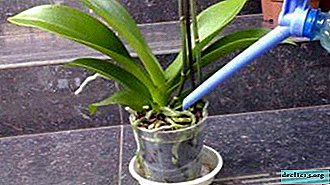 Overflow of plants should be avoided, as this will lead to decay and death of the plant.
Overflow of plants should be avoided, as this will lead to decay and death of the plant.- Inadequate watering is also harmful to the orchid and leads to wrinkling or even falling leaves.
- Watering with excessively hard water will lead to the deposition of salts on the roots and the inability of the plant to absorb water.
- Watering with cold water is also harmful to a thermophilic plant.
- Water entering the axils of the leaves and the rosette can lead to death due to decay of the base of the orchid.
What to do with a plant overflow?
- Overflowing plants.
As already mentioned, overflow is harmful to orchids and leads to decay of the root system of the flower. The roots become dark, sometimes even black, they are soft and slippery to the touch. Such roots must be removed to a healthy, elastic part and sprinkled with a slice of activated carbon powder or cinnamon powder. Watering needs to be established.
- Inadequate watering leads to drying out of the roots and wilting of the leaves.
Dry roots become brown, thin and brittle. The top layer is easily removed from them. The roots in this state should also be removed, leaving a small dry area, after which it is best to water the orchid using the hot shower method or the method of soldering.
- Water entering the outlet and sinuses of orchid leaves leads to decay of the aerial parts of the plant, unfortunately, after this, it is almost impossible to save the plant. It is necessary to thoroughly blot the recesses of the leaves after watering, if water has got into them, or to avoid such situations at all.
- Hypothermia of a flower.
This often happens when watering with cold water, or in winter when watering with a hot shower. If the orchid is immediately placed on a rather cold window after watering, or taken out into a cool room, this can cause not only rotting of the roots, but also damage to the leaves, the appearance of furrows and deep cracks on them. It is necessary to check the temperature in the room and on the windowsill, especially at night.
Following all these simple rules, you will receive gratitude in the form of a gorgeous plant that will delight you with lush flowering for a long time, and, of course, will delight you. Orchid care may seem too complicated and burdensome for you, but experimenting, you will surely find that method of watering that will suit you completely and will not be a burden to you.
Useful video
Watch a video about proper watering of a home orchid:

 Overflow of plants should be avoided, as this will lead to decay and death of the plant.
Overflow of plants should be avoided, as this will lead to decay and death of the plant.
